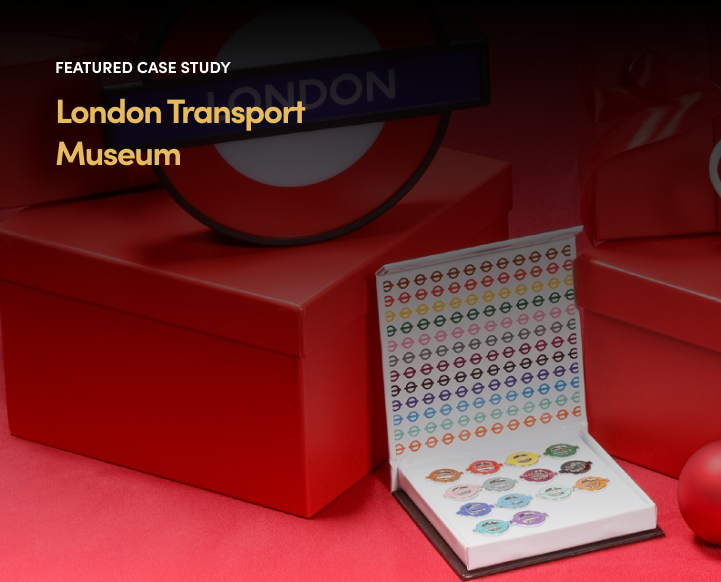In today’s fast-paced digital world, e-commerce businesses are constantly looking for ways to enhance user experience, improve performance, and stay ahead of the competition. One of the most effective ways to achieve these goals is by embracing Progressive Web Apps (PWAs) and Headless eCommerce solutions. These two technologies, when combined, can provide a seamless, faster, and more engaging shopping experience that drives conversions and customer satisfaction. But what exactly are PWAs and Headless eCommerce? How do they work together to improve an online store’s performance? Let’s explore.
What is a Progressive Web App (PWA)?
A Progressive Web App (PWA) is a type of application built using standard web technologies, such as HTML, CSS, and JavaScript. Unlike traditional websites or mobile apps, PWAs offer a hybrid experience by combining the best of both. PWAs are designed to be fast, reliable, and engaging, providing a seamless user experience across all devices, regardless of the network conditions.
Some key features of PWAs include:
- Offline Capabilities: PWAs can work offline or in low network conditions, ensuring customers can browse and make purchases without interruptions.
- Push Notifications: PWAs allow businesses to engage customers with timely and personalised notifications, keeping them updated with offers, discounts, or order updates.
- App-like Experience: PWAs provide an app-like experience, with smooth transitions and intuitive navigation, without requiring users to download an app from an app store.
- Fast Load Time: PWAs are designed to load quickly, offering instant access to content and reducing bounce rates.
What is Headless E-Commerce?
Headless eCommerce refers to an architecture where the front-end (the “head”) is decoupled from the back-end of the eCommerce system. Unlike traditional eCommerce platforms where the front-end and back-end are tightly integrated, headless commerce allows businesses to manage and customise the front-end experience independently of the back-end.
This decoupling enables businesses to build custom front-end experiences for different devices and platforms using various front-end technologies, while still utilising a powerful and flexible back-end system to manage products, inventory, orders, and other critical eCommerce functionalities.
Key benefits of Headless eCommerce:
- Omnichannel Flexibility: Headless allows you to deliver a consistent experience across all touchpoints, whether on a website, mobile app, IoT device, or in-store.
- Faster Time to Market: Since front-end and back-end development are independent, businesses can innovate faster and bring new features to market quickly.
- Customisation and Personalisation: Headless commerce offers the flexibility to create unique, personalised experiences for customers, increasing engagement and conversion rates.
- Scalability: As businesses grow, headless eCommerce allows them to scale efficiently, integrating with new systems, technologies, or third-party solutions without being limited by the constraints of a monolithic platform.
How PWAs and Headless E-Commerce Work Together
Combining PWA and Headless eCommerce creates a powerful synergy that addresses many of the pain points that eCommerce businesses face today. Here’s how they work together:
- Enhanced Performance and Speed
- PWAs are built with performance in mind, using service workers to cache assets and ensure fast load times. When combined with headless architecture, businesses can optimise both the front-end and back-end independently, ensuring a fast and smooth experience for users.
- This speed is essential in eCommerce, where delays can lead to lost sales. According to studies, 53% of mobile users will abandon a site if it takes longer than three seconds to load. PWAs, with their offline functionality and fast loading times, help prevent this issue.
- Mobile-First Experience
- The vast majority of eCommerce traffic now comes from mobile devices, making it critical for businesses to optimise for mobile. PWAs are inherently mobile-first, offering a seamless and responsive experience across all devices, whether desktop, tablet, or mobile.
- Headless eCommerce takes this a step further by allowing businesses to create customised, device-optimised experiences. With headless, businesses can easily create different interfaces for different devices, ensuring a more consistent experience for mobile users.
- Flexibility and Customisation
- PWAs offer flexibility in user interface design and functionality, while headless eCommerce offers freedom to develop and integrate custom features. Together, they allow businesses to create a highly tailored and engaging online shopping experience.
- For example, you can implement unique design elements or animations for your mobile app without disrupting the back-end processes of inventory management, payment processing, and order fulfilment.
- Improved SEO and Conversion Rates
- PWAs are SEO-friendly, as they are built using standard web technologies and are indexed by search engines. Combining a PWA with headless eCommerce means you can optimise both the front-end for SEO and the back-end for conversion tracking and analytics, providing a better overall customer experience.
- Additionally, PWAs’ fast loading times and push notifications help drive higher engagement, increasing the chances of conversions and repeat purchases.
- Future-Proofing Your E-Commerce Business
- As technology continues to evolve, businesses need a flexible infrastructure that can quickly adapt to new trends. Headless eCommerce and PWAs are both future-proof solutions that allow businesses to easily integrate emerging technologies, such as voice search, artificial intelligence, or augmented reality, without overhauling the entire system.
Why Should You Adopt PWA + Headless E-Commerce for Your Online Store?
For eCommerce businesses looking to stay ahead of the competition, adopting PWA + Headless offers numerous advantages:
- Better User Experience: Provide customers with a faster, more reliable, and engaging experience, whether they are on a desktop or mobile device.
- Increased Conversions: With faster load times, offline capabilities, and personalised experiences, businesses can reduce bounce rates and increase conversion rates.
- Scalability and Flexibility: Headless architecture allows businesses to scale and adapt quickly to new trends and technologies, future-proofing your eCommerce store.
Omnichannel Consistency: Deliver a seamless shopping experience across all platforms and devices, ensuring your customers have a consistent journey no matter where they engage with your brand.


